What is the best water for family flowers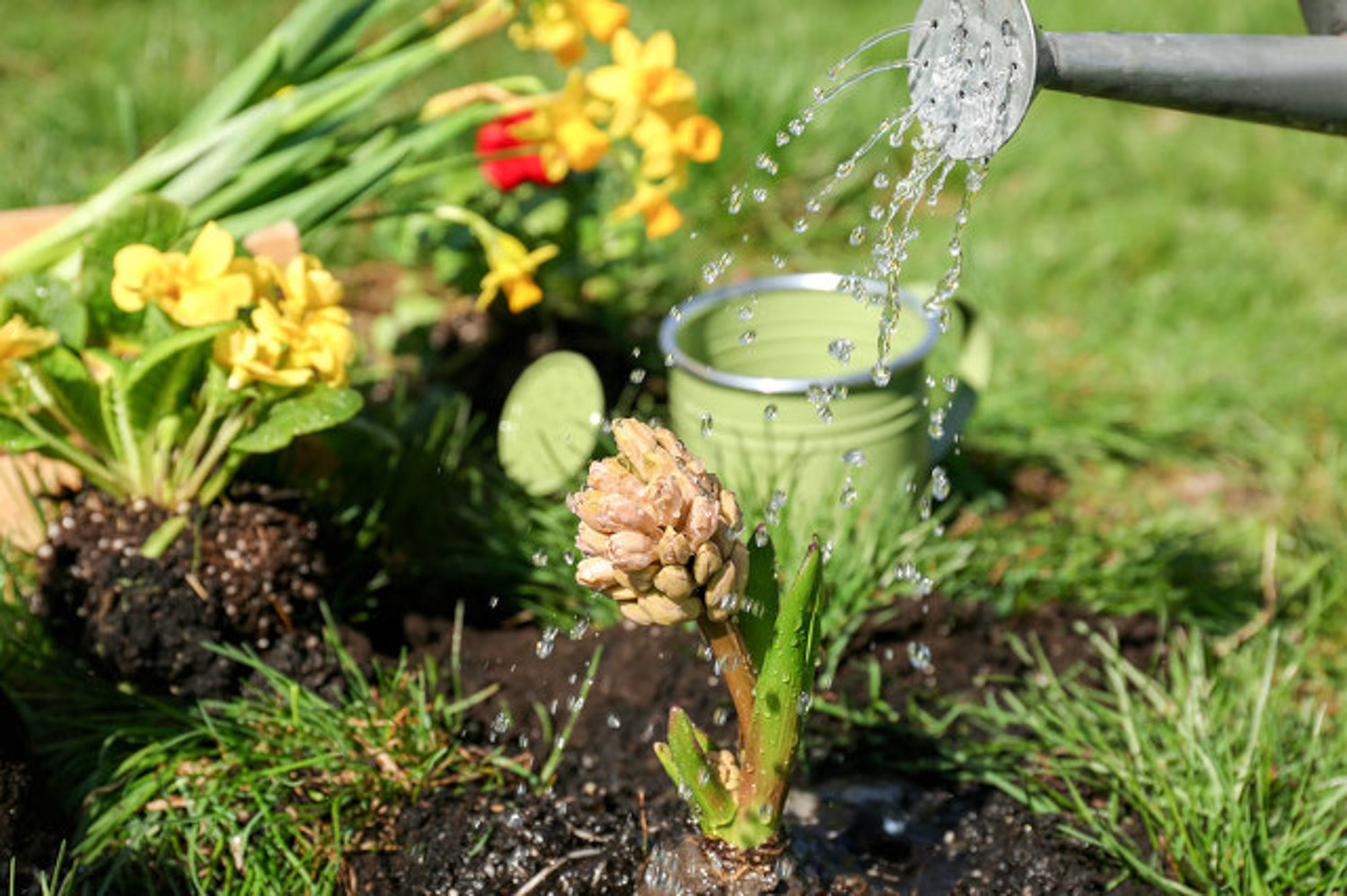

It's best to use neutral or slightly acidic water for family watering, such as river water, pond water, rainwater, tap water or well water. Among them, rainwater is the best. It contains more natural substances. Small partners can collect more rainwater when it rains
How does alkaline water acidify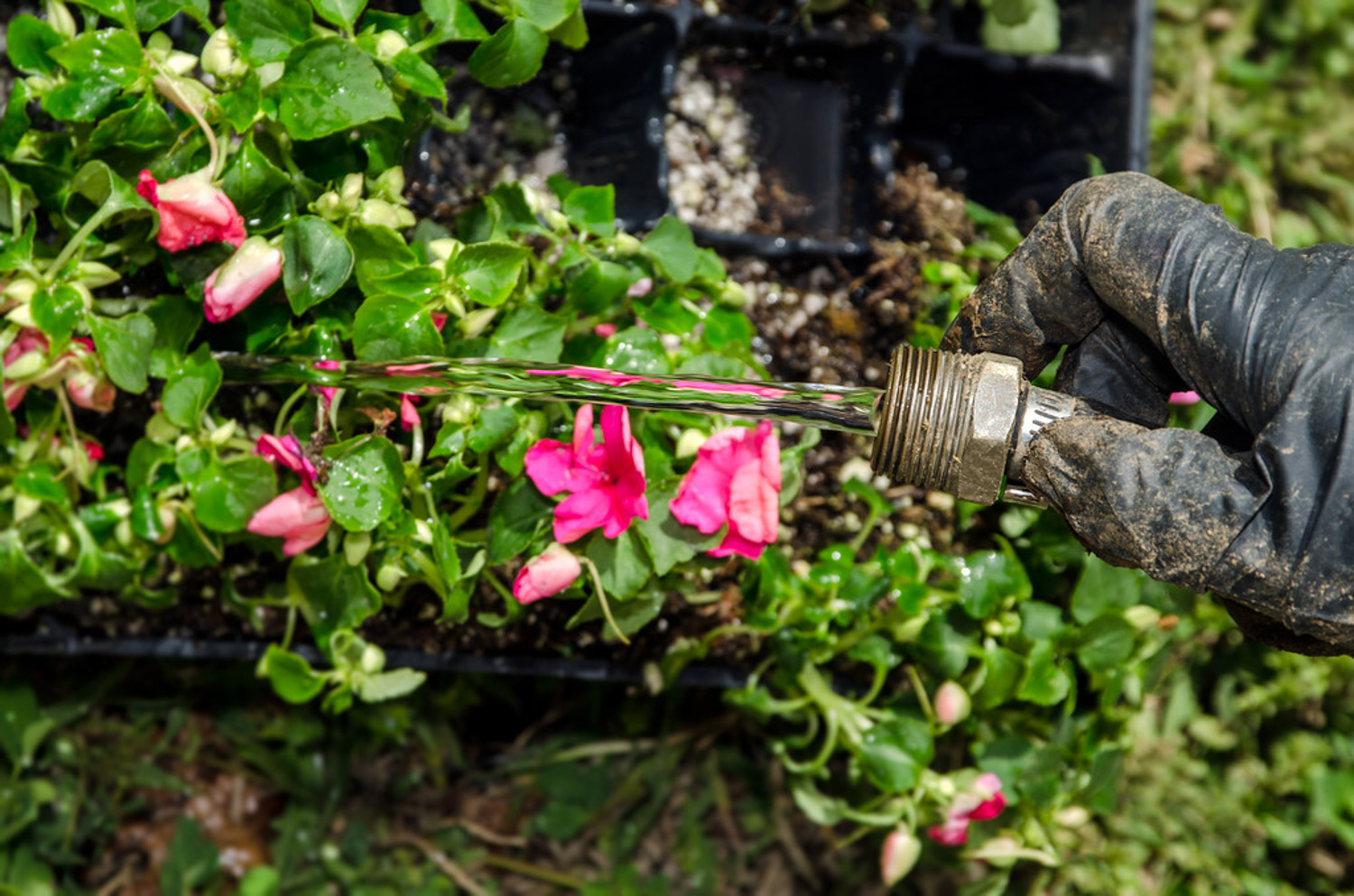

Most flowers like neutral or acidic water. If they are watered with alkaline water for a long time, it is difficult for flowers to grow well. Treatment methods include:
1. Store rainwater and water flowers
2. White vinegar is mixed with water to increase acidity
3. Usually use a small jar to hold water and put some bean shells and leaves, which can not only adjust the pH of water, but also increase nutrients
Do you want to dry the water for watering the flowers? How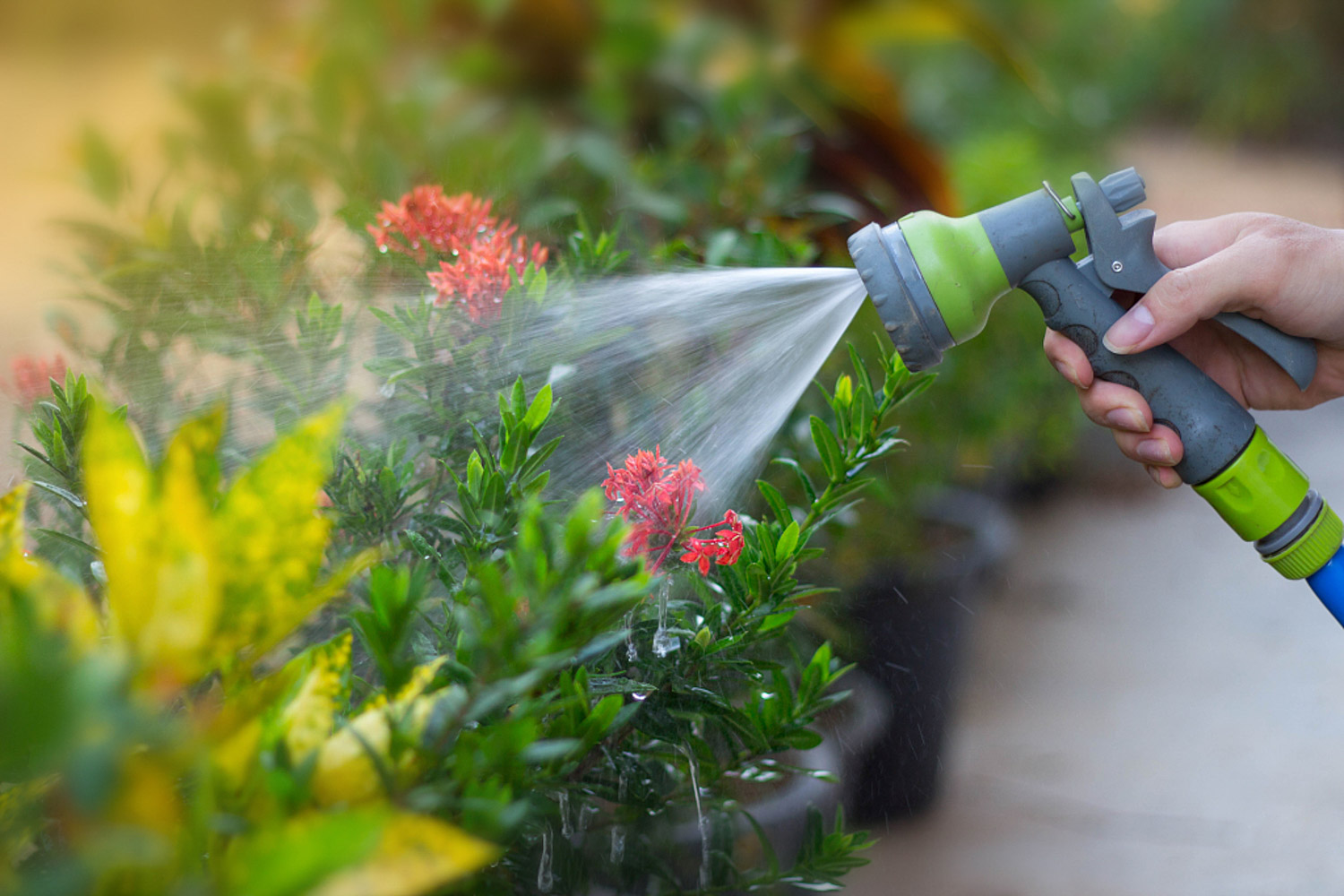

The temperature of water for watering flowers should be close to the temperature of pot soil. When watering flowers in winter, they should be placed in the sun for a period of time or add some warm water to make the temperature of the water close to that of the basin soil. When watering flowers with tap water, you need to be exposed to the sun for two or three days to remove harmful substances
How about watering the flowers with tea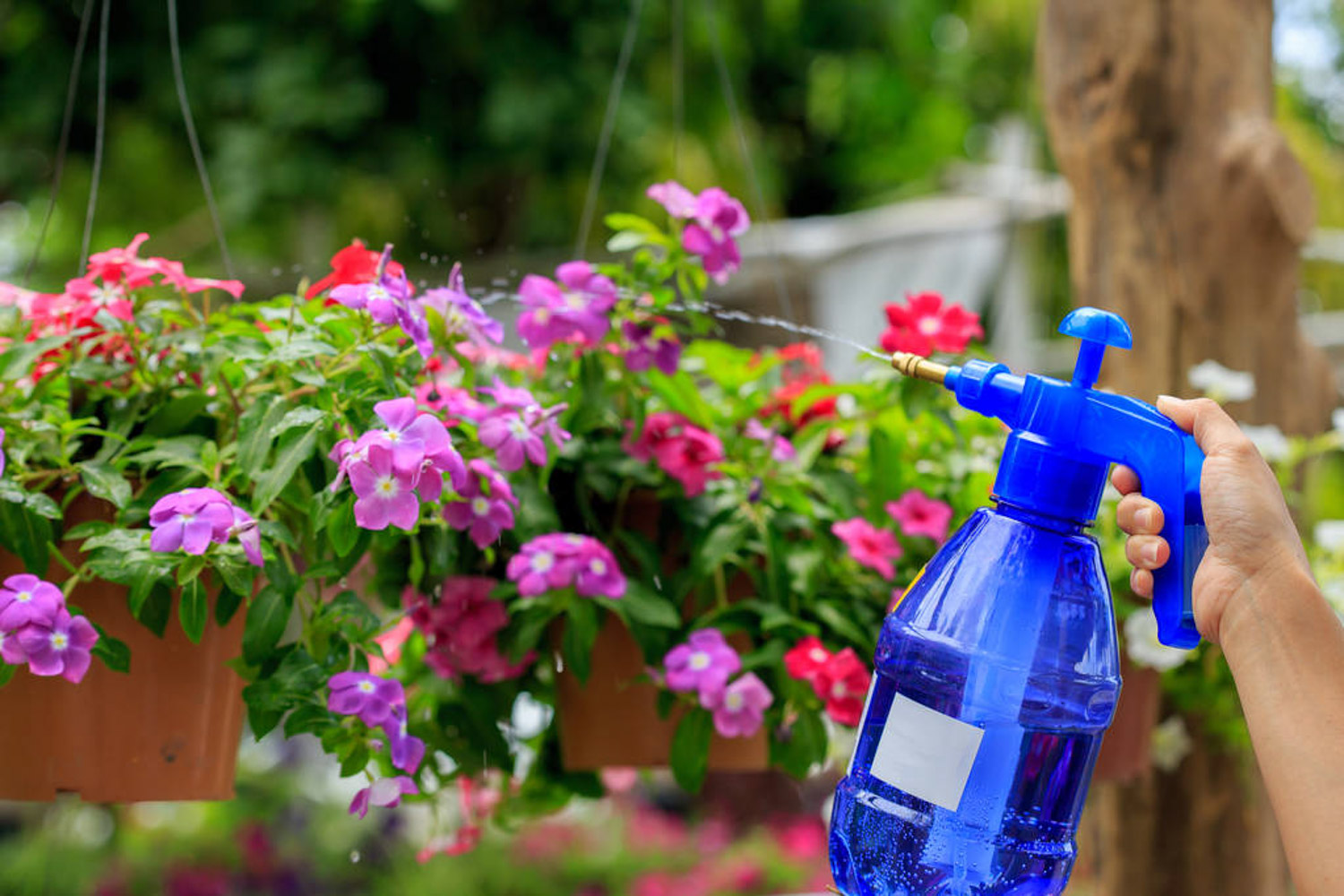

Some small flower owners like to water with tea, thinking that they can add nutrients to the flowers and make the flowers grow better. In fact, this is not only not good for flowers, but also has some damage. Tea contains many alkaloids, such as theophylline and caffeine, which will affect the absorption of nutrients by flowers. Moreover, tea is covered on the surface of basin soil, affecting the water seepage and air permeability of soil. Tea is easy to attract pests after decay. It is generally not recommended to water flowers with residual tea
How to save potted flowers when they are dehydrated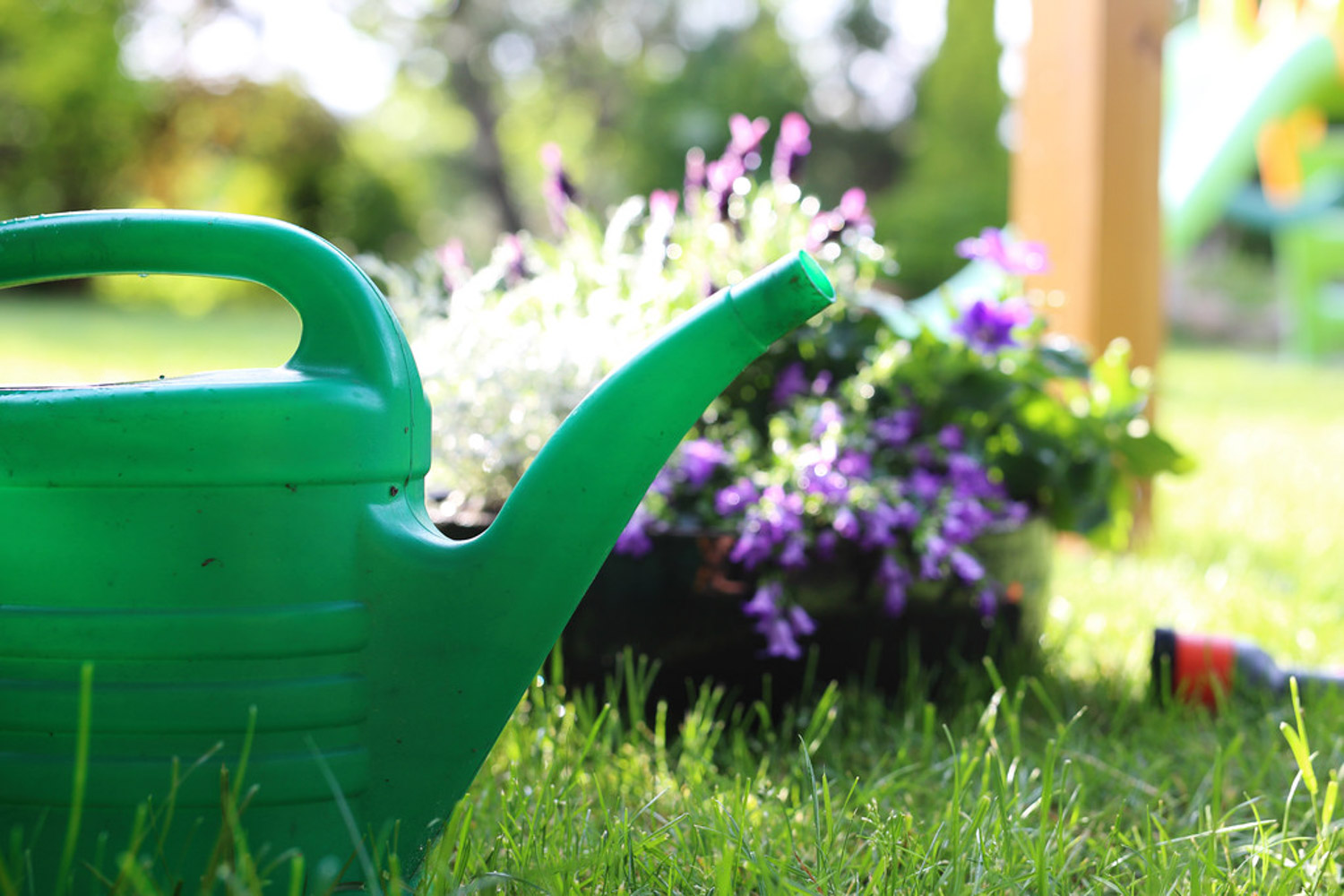

When the flowers are dehydrated due to dry air or busy work, do not rush to water directly. First move the flowerpot to the semi shade, water the basin slightly, and then spray a small amount of water on the plant leaves to make the cells gradually absorb water, slowly return to the normal state, and then gradually increase the amount of water
What if there is no water when there is no one at home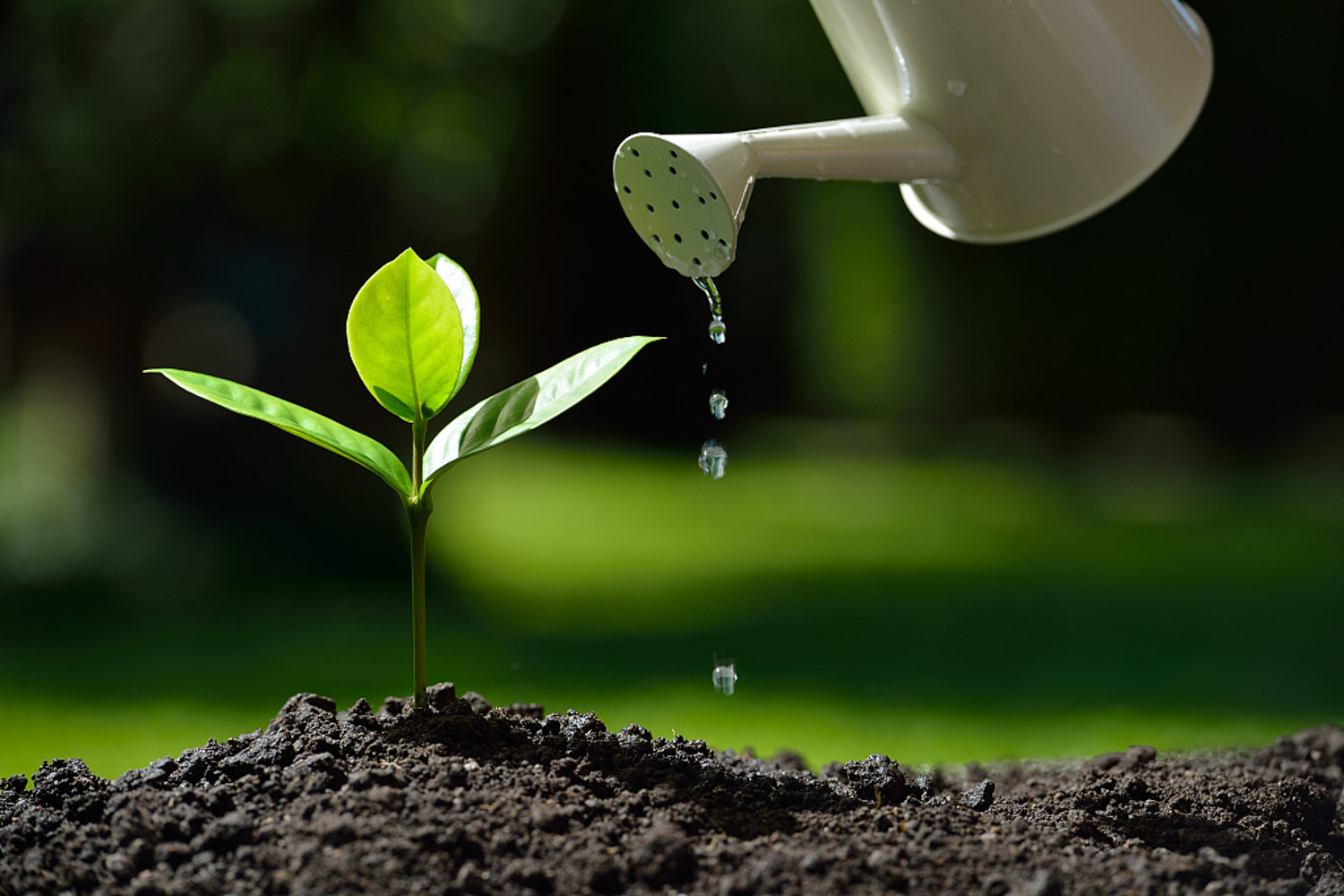

1. If you go out for a short time, you can pour enough water on all the potted flowers and place them in a shady and windless place to reduce the evaporation of water
2. If you go out for more than ten days, you can put the flowerpot in a large shallow plate, fill the shallow plate with sand, pour enough water, and sit the flowerpot in the shallow plate to keep the flowerpot in a humid environment
How to judge whether flowers are short of water

1. Sound method
Tap the flowerpot with a stick or finger and judge according to the sound. If it makes a crisp sound, it indicates that the basin soil has been dried; If you make a low and stuffy sound, it indicates that there is still a lot of water and there is no need to water
2. Visual inspection
Observe the color of basin soil to see if it changes. If the color becomes lighter or grayish white, it indicates that the basin soil is dry and needs watering; If the color is darker, it indicates that the basin soil is wet and can not be watered temporarily
What is "see dry see wet" and "between dry and wet"

The principle of "see dry and see wet" is mainly applicable to the neutral flowers maintained by ordinary families at present
"See dry" means that after watering once, wait until the soil surface turns white and the surface soil moisture disappears, and then pour water for the second time. You can't wait for the basin soil to dry for a long time
"See wet" means to water thoroughly until you see water seeping from the bottom of the basin
"Between dry and wet" requires watering after the whole basin soil is completely dry, and the water should be thoroughly watered, that is, alternating dry and wet
How to water flowers during dormancy

During the dormancy period of flowers, the metabolic activity in the body drops to an extremely slow state. At this time, the water demand is very small, so the watering should be strictly controlled to facilitate the dormancy of flowers

 how many times do yo...
how many times do yo... how many planted tre...
how many planted tre... how many pine trees ...
how many pine trees ... how many pecan trees...
how many pecan trees... how many plants comp...
how many plants comp... how many plants can ...
how many plants can ... how many plants and ...
how many plants and ... how many pepper plan...
how many pepper plan...



























